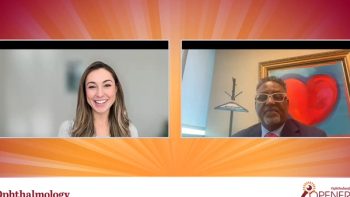
Their discussion sheds light on the importance of physician advocacy in ophthalmology—from shaping policy and protecting patients to building community.

Their discussion sheds light on the importance of physician advocacy in ophthalmology—from shaping policy and protecting patients to building community.
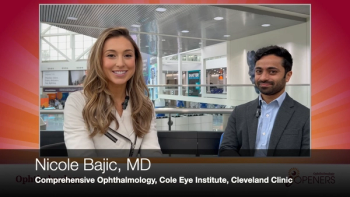
From early experiences in India to fellowship training at Wills Eye Hospital, Dr. Ansari discusses how ophthalmologists can make a lasting impact worldwide.
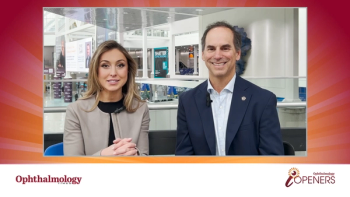
In episode 1, Bill Trattler, MD, shares practical advice on documentation, patient communication, keratoconus management, and advanced lens technology.
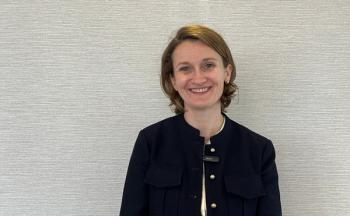
This large database study explored the link between autoimmune problems and AMD.
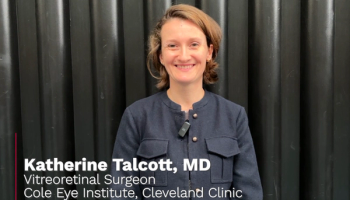
Katherine Talcott, MD, a retina specialist at Cleveland Clinic, presented findings on EYP-1901 in the phase 2 DAVIO study.

From revised patient flow to smarter tech adoption, ophthalmologists share which changes from 2020 have become cornerstones of modern care—and how they’re preparing for the next big disruption

Ophthalmologists reflect on the transformative impact of COVID-19, highlighting adaptations in patient care, safety protocols, and the rise of telemedicine.
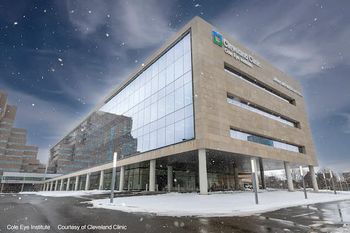
The state-of-the-art facility more than doubles the institute’s footprint, enhancing patient care, research, and education.
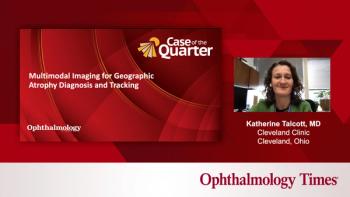
Katherine Talcott, MD, presents the case of a 64-year-old woman with geographic atrophy and a family history of age-related macular degeneration.

The collaboration combines Clario's transformative technology with Cleveland Clinic's market-leading imaging expertise and AI-enabled analysis to help bring new therapies to patients, faster.
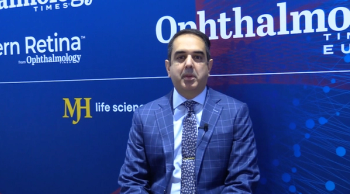
During a conversation at the American Academy of Ophthalmology’s 2022 annual meeting in Chicago, Rishi Singh, MD, offered highlights of the two-year results of faricimab in a pair of phase 3 clinical trials.
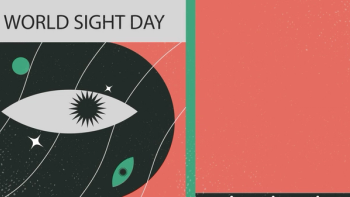
Hear how ophthalmologists and optometrists in the United States are recognizing the importance of this year's awareness day.
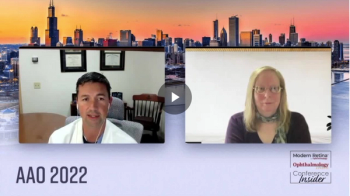
At the 2022 American Academy of Ophthalmology meeting, Justis Ehlers, MD, presented a talk titled, "Defining the Fluid Problem in Neovascular AMD: To Dry or Not to Dry?"

According to Rishi P. Singh, MD, family history and lifestyle are key in the development of geographic atrophy.
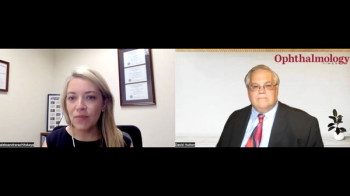
At the recent ASRS meeting in New York, Aleksandra Rachitskaya, MD, of the Cleveland Clinic Cole Eye Institute, presented End-of-Study Retinal Fluid and Vision Outcomes in the Archway Phase 3 Trial of the Port Delivery System With Ranibizumab in Patients With nAMD.
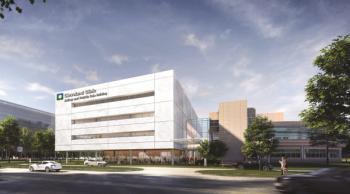
The expansion includes the construction of the Jeffrey and Patricia Cole Building at Cole Eye Institute and renovation of the existing building.
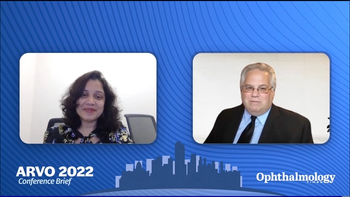
The study found that if certain forms of nystagmus that are seen in patients, then there is a higher chance of poor binocular visual function, as well as higher interocular suppression.

In patients with amblyopia, minuscule fixation eye movements play a major role with treatment, according to Fatema Ghasia, MD, associate professor of ophthalmology and director of the Vision Neuroscience and Ocular Motility Laboratory at the Cole Eye Institute at Cleveland Clinic in Ohio.
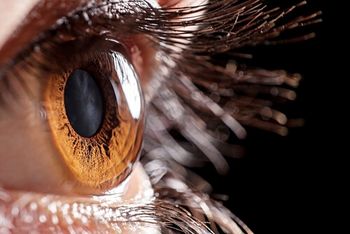
According to Claudia Perez-Straziota, MD, persistent epithelial defects do not have to live up to their name—they can be healed.

The Cleveland Clinic named Rishi Singh, MD, president of the Cleveland Clinic Martin North and South hospitals in Martin County, Florida.